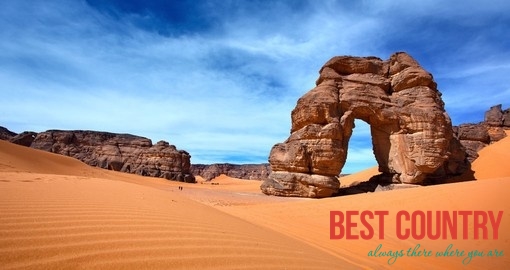Climate of Morocco

The terrain is such that the coastal plains are rich and accordingly, they comprise the backbone for agriculture, especially in the North. Forests cover about 12% of the land while arable land accounts for 18%; 5% is irrigated. In the Atlas (Middle Atlas), there are several different climates: Mediterranean (with some more humid and fresher variants), Maritime Temperate (with some humid and fresher variants too) that allow different species of oaks, moss carpets, junipers, atlantic cedars and many other plants, to form extensive and very rich humid cloud forests. In the highest peaks a different climate may occur. On the other side of Atlas mountains (East Atlas), the climate changes, due to the barrier/shelter effect of these mountainous system, turning it very dry and extremely warm during the summer (that can last several months), especially on the lowlands and on the valleys faced to the Sahara. Here it starts the big Desert Sahara and it is perfectly visible, for example, on the Draa Valley, on which it is possible to find oases, sand dunes and rocky desert landscapes. So the climate in this region is desert.